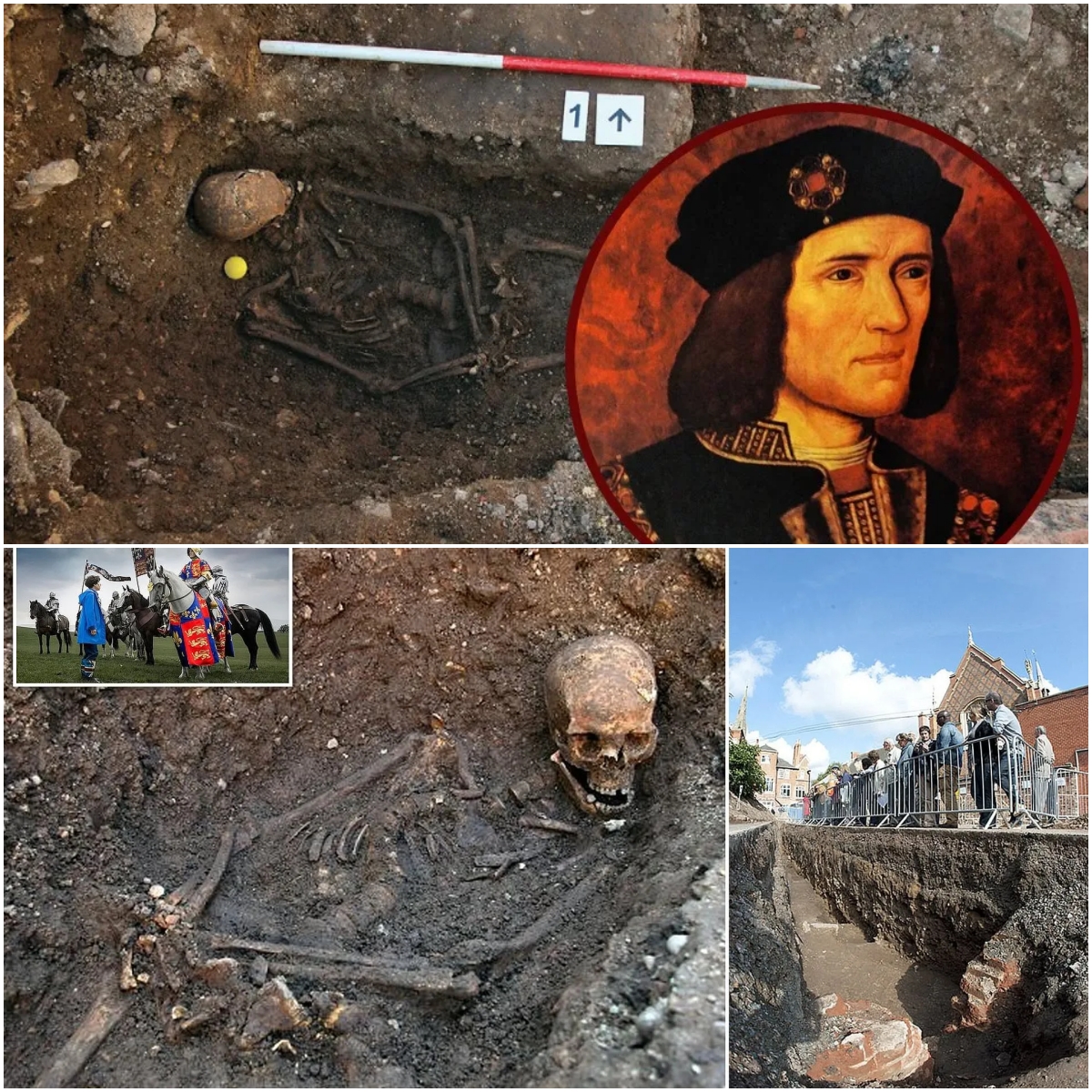Assyria’s War Dog: A 4,000-Year-Old Lion Hunter
Aksaray Malaklısı, the largest of the Anatolian sheepdogs, also known as the Turkish mastiff or Anatolian lion, was used as a war dog by the Assyrians 4000-2500 years ago.

The Aksaray Malaklısı Breed Improvement Association (AKMID) stated that the dog breed is one of the oldest in the world and has a history of 3,500 years in Anatolia.
“The Sumerians brought them from Central Asia to the Mesopotamian basin. This breed was used as a war dog 4,000-25,000 years ago, during the time of the Assyrians,” explained Muammer Tıpırdamaz, president of AKMID. Tıpırdamaz explained that the dogs were trained to attack enemies, recognizing enemy soldiers by their different clothing, in contrast to the armor of the Assyrians. Today, Aksaray Malaklısı is a shepherd and guard dog, explained Tıpırdamaz. “It is used both as a guard dog for shepherds and as a guard dog in mansions, factories and houses,” he explained.

Tıpırdamaz explained that regardless of how they are trained as puppies, that is how they will remain as adults. If they are raised in the company of livestock, they will become accustomed to caring for them. If they are raised in a house, they will get used to living with the owner of the house, his family and acquaintances.

Since Babylonian times, large, powerful dogs with enormous heads have lived in the Kurdistan region. They were used as fighting dogs in battles, as well as to hunt large animals, including lions and wild horses. These interesting scenes are represented in the well-preserved Assyrian bas-reliefs, exhibited in the British Museum. This horse-sized dog looks quite scary, but is friendly towards humans and loyal to its owners. Bold historians assume that the breed has existed since 1000 BC. C. There are many legends about its origin, but according to the most interesting one, it was bred by Babylonians and Assyrians as a guard dog and could even defeat a lion. Another legend claims that he was the first Assyrian shepherd in the territory of what is now modern Kurdistan. For most Assyrians (Pshdar dog) also Kurdish sheepdog, life offers no lions with which to measure their strength, so their daily life is spent guarding flocks of sheep or houses. It is considered one of the best “service” breeds in the world. They have black, grey, sand, red and white fur and have a wrinkled face with loose, soft skin. They also have a huge dewlap and soft ears the same color as their body.

These dogs were used by the Assyrian military and their kings such as the Great King “Ashurbanipal” to hunt and take down large predators such as lions and tigers. The Assyrian shepherd has a strong constitution to do hard work. It is a large, powerful and robust dog, which has great agility and resistance. It has good bones and a large head. Its gait is powerful, smooth and fluid. Their coat consists of a thick undercoat and an outer coat that ranges from short (about 1 inch) to coarse (about 4 inches), slightly longer around the neck and mane. His expression is intelligent and the overall impression he gives is that of a bold but calm protector. In his homeland, the Assyrian sheepdog (Pshdar dog) not only herded cattle, but also guarded the flock.
The Assyrian Shepherd learns quickly, is faithful and affectionate with its owner, with close family friends and with children. Currently, the Assyrian Shepherd is becoming increasingly popular in Europe and America, where people buy these dogs as companion dogs or property guards. His popularity outside his native country in the last ten years has been constantly increasing.






